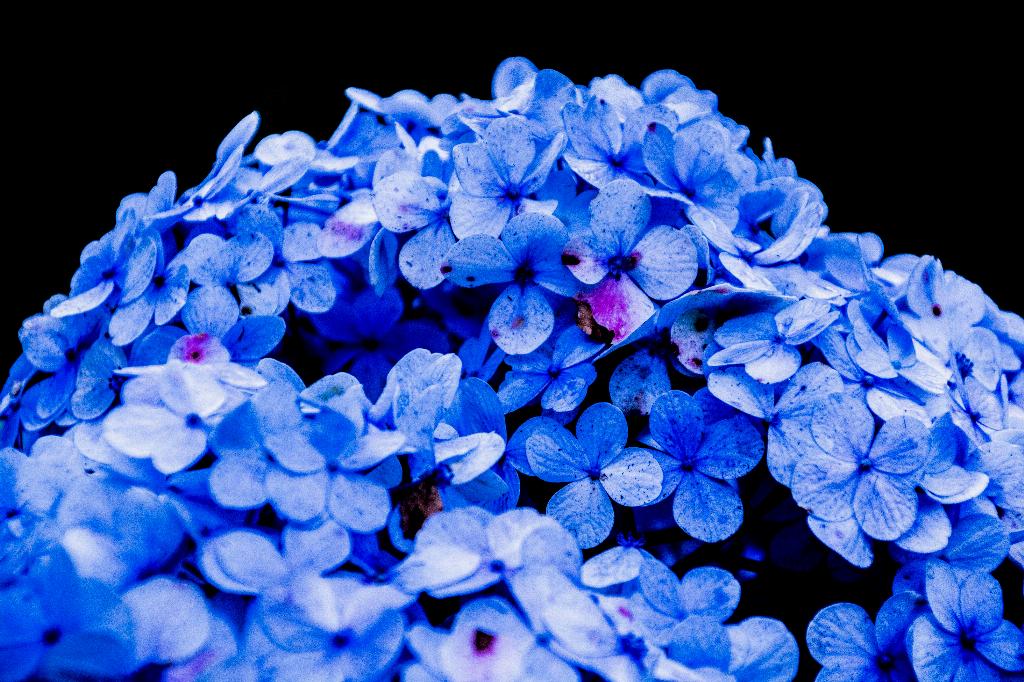As a proud hydrangea owner, you may have noticed that your once vibrant blooms are now turning brown and fading. But fear not, this is a completely natural process that signals it’s time to perform a simple task known as deadheading. When you deadhead your hydrangeas, you’re not causing any harm to the plant; in fact, you’re helping it thrive.
Deadheading is a term used to describe the removal of spent blooms from a plant. In the case of hydrangeas, cutting off the brown blooms in spring is a beneficial practice that promotes new growth and enhances the overall appearance of the plant. By removing the faded flowers, you are encouraging the plant to redirect its energy towards producing new blooms, resulting in a healthier and more beautiful hydrangea shrub.
While the brown hydrangea blooms may not be aesthetically pleasing, they are a natural part of the plant’s life cycle. By deadheading these faded blooms, you are not only improving the appearance of your hydrangea, but also helping it conserve energy for future growth and development.
Spring is an ideal time to cut off brown hydrangea blooms as it marks the beginning of the growing season. By removing the faded flowers early in the season, you are allowing the plant to focus on producing new buds and blooms, ensuring a spectacular display of flowers later in the year.
It’s important to note that the process of deadheading hydrangeas is quite simple. Using sharp, clean pruners, snip off the faded blooms just above a pair of healthy buds or leaves. Make sure to cut at a slight angle to prevent water from pooling on the cut surface, which could lead to rot.
By deadheading your hydrangeas in spring, you are not only enhancing the visual appeal of your garden, but also promoting the overall health and vigor of your plants. Removing the spent blooms helps prevent the formation of seed heads, which can sap the plant’s energy and hinder new growth.
One of the key benefits of cutting off brown hydrangea blooms in spring is that it encourages the plant to produce more blooms throughout the season. By deadheading regularly, you can prolong the blooming period of your hydrangeas and enjoy an abundance of colorful flowers in your garden.
Some gardeners may be hesitant to remove the brown blooms, fearing that they are somehow harming the plant. However, deadheading hydrangeas is a safe and beneficial practice that can actually benefit the plant in the long run. It’s a simple way to care for your hydrangeas and ensure they stay healthy and full of blooms.
So, should you cut off brown hydrangea blooms in spring? The answer is a resounding yes. By deadheading your hydrangeas, you are helping them thrive and flourish, producing more blooms and ensuring a beautiful display of flowers throughout the growing season.
In conclusion, deadheading brown hydrangea blooms in spring is a simple yet effective way to care for your plants and promote healthy growth. By removing the faded flowers, you are encouraging new growth, prolonging the blooming period, and enhancing the overall appearance of your hydrangea shrubs. So grab your pruners and get deadheading – your hydrangeas will thank you for it!

